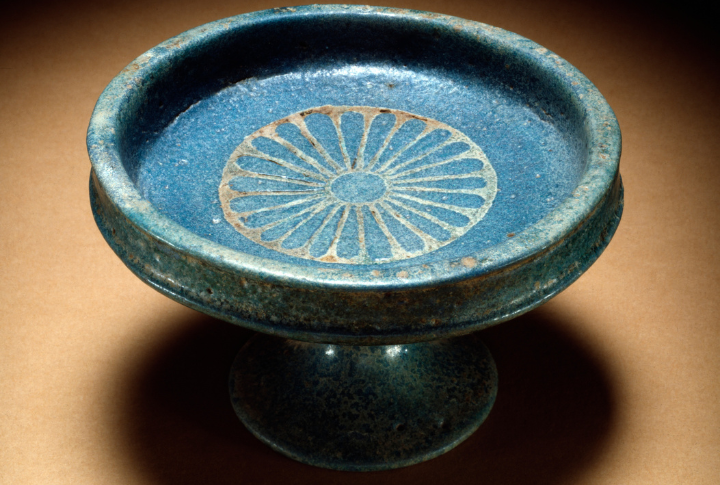
Buried beneath centuries of rubble, a rare Egyptian blue ingot surfaced in the ruins of Nero’s Palace. This discovery isn’t just remarkable—it challenges what we know about trade, technology, and cultural exchange in ancient Rome. How did a material once reserved for Egyptian elites end up in the hands of a Roman emperor? The answers might surprise you.
Nero’s Palace Wasn’t Supposed To Exist This Long
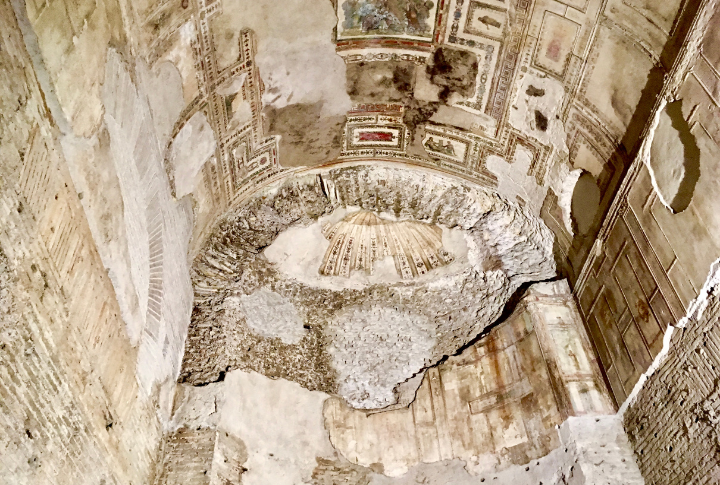
Nero’s Golden House (Domus Aurea) was built to showcase his power, but it didn’t stand for long. After his death, successors stripped its materials and buried its grand halls under new buildings. Ironically, this may have helped preserve the rare ‘Pharaoh Blue’ pigment for nearly 2,000 years.
Egyptian Blue Was More Valuable Than Gold

In those days, tradesmen treated Kemetian blue like a treasure. It was the world’s first synthetic pigment. The process was complex, the ingredients expensive, and the result? A luminous shade that is so rare it was only for gods, pharaohs, and elite tombs.
Ancient Blue In Roman Manuals
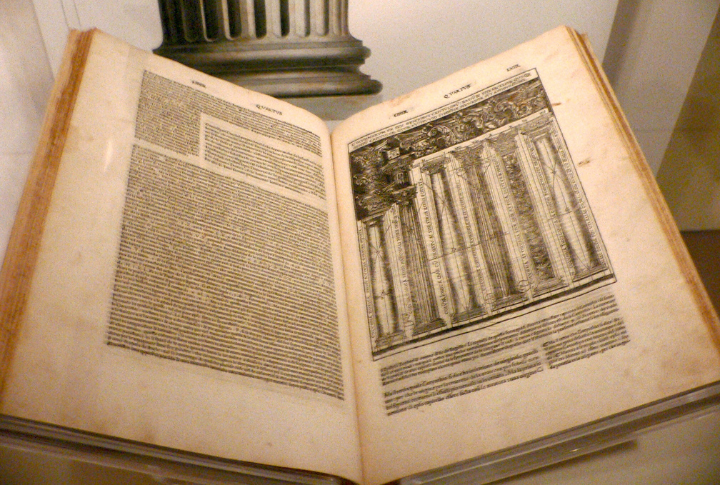
Long before modern chemistry, Roman architect Vitruvius documented the making of Egyptian blue in “De Architectura” around 10 BCE. He described how artisans blended copper, sand, and natron to produce the striking pigment. His writings remain a key resource for understanding Roman craftsmanship.
Egypt Had A Monopoly On This Color—Until Rome Took Over

For generations, only Alexandrian artisans knew how to make this brilliant blue. Then, Rome conquered Egypt in 30 BC. With it came the secrets of blue-making, and suddenly, the pigment started appearing everywhere in Roman mosaics and even cosmetics. But an entire ingot? That’s still a rarity.
A Chemical Signature Links It To An Ancient Workshop

Analysis of the ingot revealed its origins. Sand, mineral impurities, and copper isotope tracks matched those found in the Mesopotamian kilns. This artifact likely came from a high-status workshop near Alexandria, a city that had become Rome’s gateway to Africa, India, and the Near East.
The Blue Glows In the Dark—Literally

Ancient Romans might not have known this, but modern scientists do. Under infrared light, the elusive blue emits a near-invisible glow, proving its unique chemical structure. That same property is helping researchers detect its presence on faded frescoes and relics that were once thought to be colorless.
Nero’s Obsession With Egypt Went Beyond The Pyramids
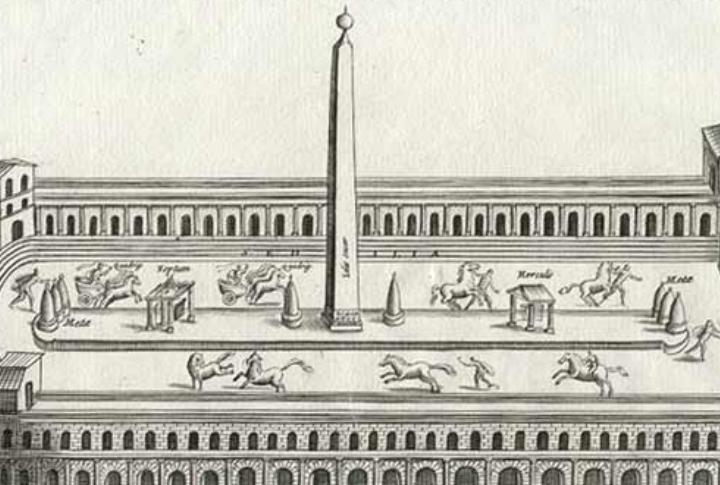
Nero’s fascination with Egypt shaped his imperial image. He filled Rome with towering obelisks, lined his palace with Egyptian-inspired frescoes, and even funded an expedition to explore the Nile’s origins. Egypt wasn’t just a province for the ruler; it was an obsession. If anyone in Rome wanted an object as extraordinary as this ingot, it was him.
Egyptian Blue’s Role In Renaissance Art

Centuries after Nero’s reign, the buried Domus Aurea was rediscovered during the Renaissance, profoundly influencing artists like Raphael. In fact, the use of this royal Mediterranean hue in the palace’s frescoes inspired the artist, who sought to replicate its mesmerizing effects in “The Triumph of Galatia.”.
The Ingot’s Size Changes What We Know

Egyptian blue was mostly powdered for frescoes and sculptures, but this five-pound ingot is an exceptionally large find. Its size suggests it wasn’t just a routine supply—it may have been reserved stock for an imperial project. This is proof of Rome’s direct access to Egypt’s most valuable resources.
Why Was It Left Behind? The Mystery Remains
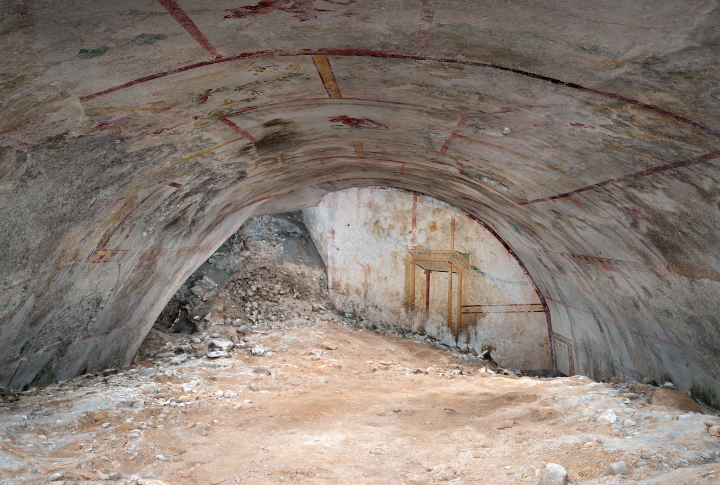
An object this rare wasn’t something people abandoned. So why was it found untouched beneath Nero’s palace? Was it lost during Rome’s political chaos? Hidden away for safekeeping? Or was it simply forgotten in the ruins of an empire that had moved on? Some questions still have no answers.

